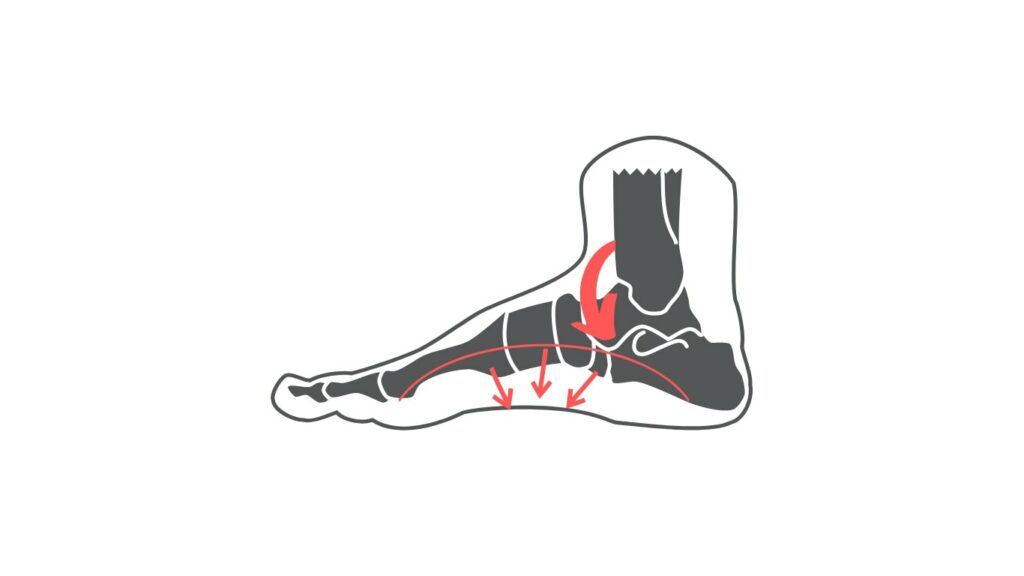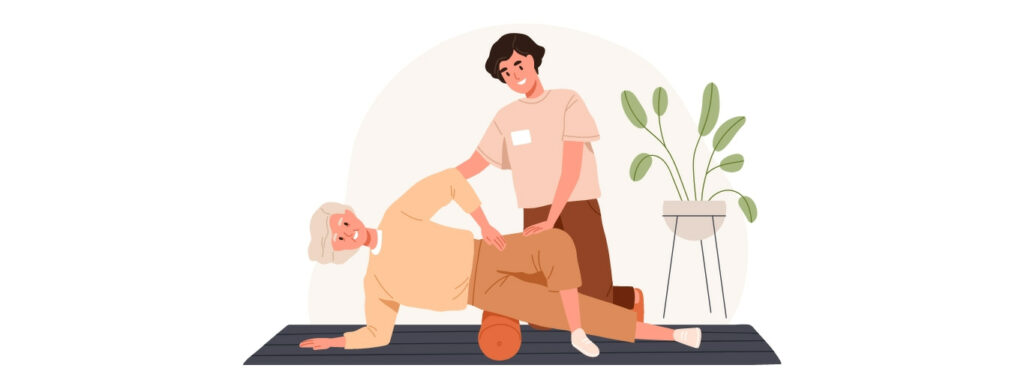The human foot is a beauty of engineering, designed to bear our weight and provide stability as we move. But what happens when this intricate structure is compromised?
According to Ortopedia Traumatologia Rehabilitacja, researchers have reported that the prevalence of flat feet among children in Poland ranges from 48.18% to 70% during preschool years, decreasing to 31.4% to 53% among school-age children and adolescents.
Having Flat Foot is normal until the age of 2 to 3 years. In many cases it disappears by the age of 10. However, persistent cases can lead to various issues including pain, fatigue, musculoskeletal imbalances and even headaches!
Ready to address your flat feet? Check out our exercise program packages and start the journey of improving your foot health and overall well-being.

Step Up Against Flat Foot
Flat foot, also known as pes planus, is a condition characterized by the collapse of the medial longitudinal arch of the foot, leading to pronation, valgus positioning of the heel, and prominence of the talus bone on the inner aspect of the foot.

While some individuals may have naturally flat feet from childhood, others may develop the condition over time due to factors such as genetics, injury, or certain medical conditions.
Types, Symptoms, and Consequences
The foot serves as the body’s interface with the ground. Therefore any alteration in its arch can affect the kinetic chains of the lower limbs and the spinal column.
Flat feet can be classified into two main types: rigid and flexible.
Rigid flat feet: the foot arch remains lower than normal in both weight-bearing and non-weight-bearing positions.,
Flexible flat feet: decrease and lowering of the longitudinal arch of the foot are only observed in weight-bearing positions.
The reasons leading to flexible flat foot abnormality vary, and the most important are:
- Laxity of foot ligaments
- Muscle imbalances in the supporting muscles of the foot arch, such as functional weakness of the posterior tibialis muscle or shortening of the gastrocnemius and soleus muscles.
- Tibial torsion and knee valgus
- Obesity and high BMI
- Wearing inappropriate shoes
Symptoms of flat feet may include:

- foot pain,
- fatigue,
- lower back pain,
- headaches,
- difficulty with balance and stability.
Moreover, Excessive pronation in one foot, for example, can cause increased internal rotation of the tibia, leading to knee valgus and hip joint misalignment. Over time, this can even affect the pelvis and shoulders as the body tries to compensate. Flat feet in athletes, can lead to plantar fasciitis, shin splints, knee and back pain.
How Corrective Exercise Can Help:
Corrective exercises play a crucial role in addressing flat foot and preventing associated complications. In addition using appropriate footwear and orthotics (if needed) can be more effective in correcting and minimizing the effects of this abnormality.

To design the best Corrective exercise program firstly we need to have a detailed assessment. The “Navicular Drop Test” and the “Foot Posture Index” are among the most commonly used methods for evaluating this abnormality. Also, examining the wear patterns on the sole of shoes and changes in shoe appearance can be helpful.
Here are 10 benefits you’ll get from corrective exercise:
- Strengthening foot muscles to support the arch.
- Improving foot posture and alignment.
- Reducing pressure on nerves in the foot.
- Preventing secondary abnormalities like knee valgus, pelvic imbalance, scoliosis and shoulder imbalance.
- Enhancing overall foot function and mobility.
- Minimizing fatigue and discomfort in the feet.
- Promoting better weight distribution across the foot.
- Improving proprioception and balance.
- Addressing muscle imbalances contributing to flat feet.
- Supporting long-term foot health and reducing injury risk.
If you are a parent looking for improving your child flat foot symptoms alongside giving them the opportunity to have healthy life style, you can also read about the specific benefits of Corrective Exercise for kids here.
Conclusion:
In conclusion, addressing flat foot through corrective exercises alongside using appropriate footwear and orthotics, helps you to improve foot health and prevent associated musculoskeletal issues. By strengthening foot muscles, improving alignment, and addressing underlying imbalances, you can alleviate pain, enhance mobility, and promote overall well-being. Don’t let flat feet hold you back—incorporate targeted exercises into your routine and take pain-free steps.